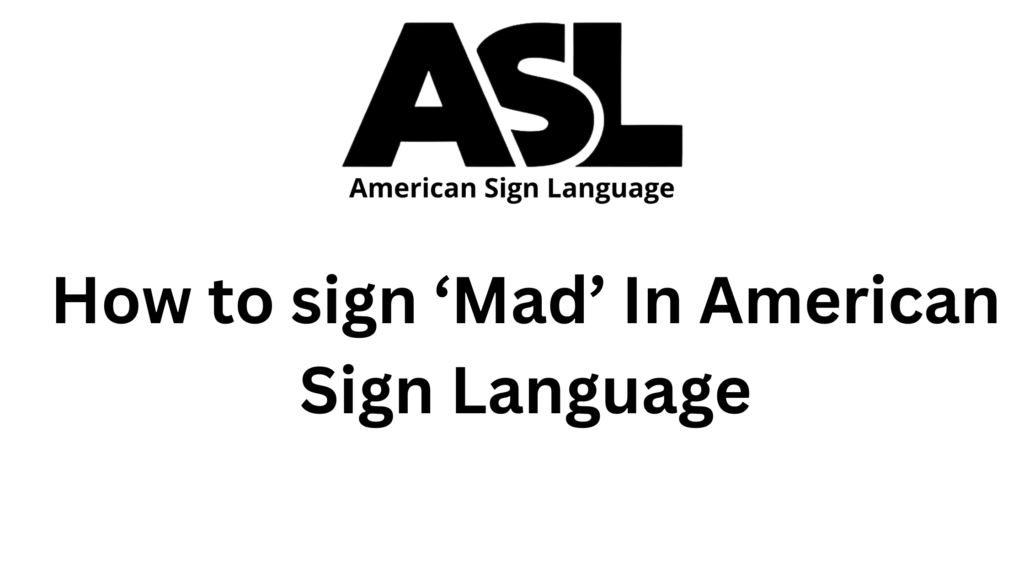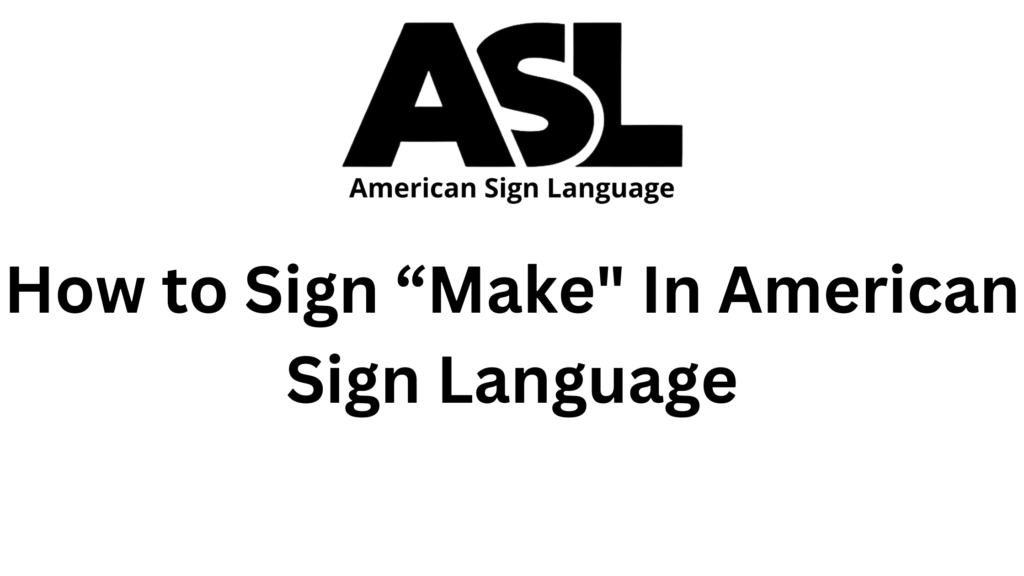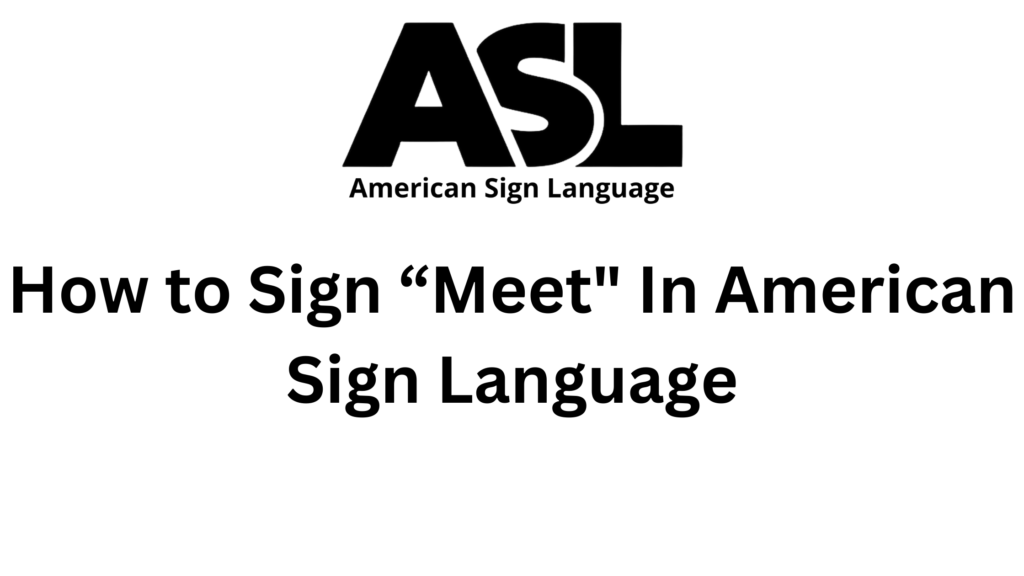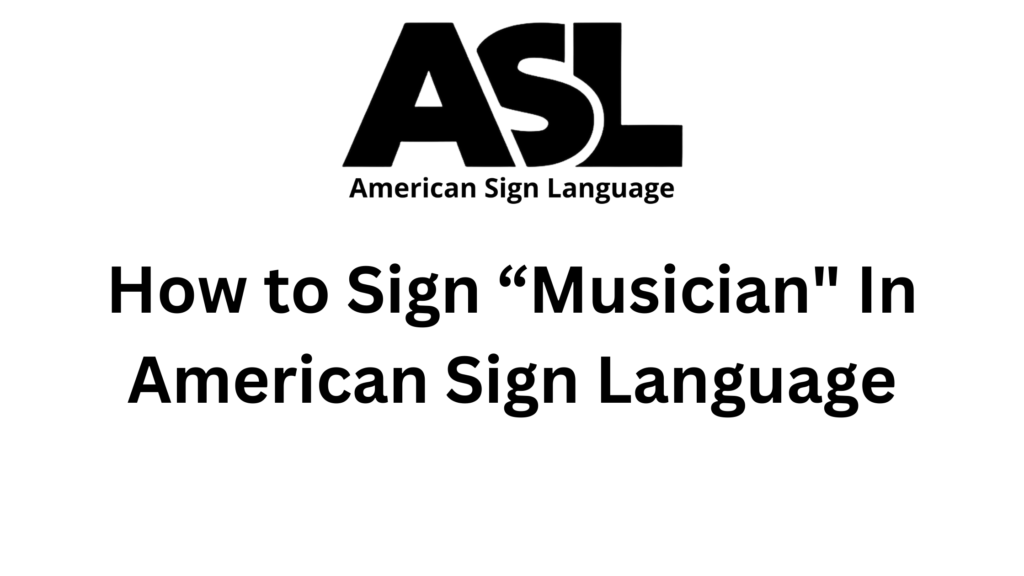Introduction to “Mad” in ASL
In American Sign Language (ASL), expressing emotions is an integral part of communication. Understanding how to sign “mad” allows individuals to convey feelings of anger or frustration effectively. Let’s explore the process of signing “mad” in ASL, from basic handshapes to cultural considerations.
Basic Handshape and Orientation of “Mad”
To sign “mad” in ASL, use your dominant hand in a “claw” handshape, with fingers curled slightly inward and thumb pressed against the side of the index finger. Position your hand near your forehead, with the palm facing inward and fingers pointing slightly downward. This handshape symbolizes the tension and intensity associated with the emotion of anger.
Step-by-Step Signing Instructions for “Mad”
- Start by forming the “claw” handshape with your dominant hand.
- Bring your hand towards your forehead, positioning it slightly to the side.
- While keeping your palm facing inward, move your hand downward in a sharp, controlled motion, stopping abruptly near your chin.
- This downward movement signifies the release of pent-up frustration or anger, effectively conveying the emotion of being “mad” in ASL.
Facial Expressions and Non-Manual Markers for “Mad”
Facial expressions play a crucial role in ASL, providing context and conveying emotions. When signing “mad,” adopt a serious and intense facial expression, with furrowed brows and narrowed eyes. Use your facial expression to convey the intensity of your feelings and to emphasize the emotion you are expressing.
Common Variations and Regional Differences for “Mad” in Sign Language
While the basic handshape and movement for “mad” remain consistent across ASL users, variations may arise based on regional dialects or individual preferences. Some signers may emphasize the movement more prominently or use a slightly different hand orientation. Embrace these variations as a reflection of the diversity within the Deaf community.
Practicing and Politeness for “Mad” in Sign Language
Practicing the sign for “mad” is essential for mastering fluency in ASL. Incorporate it into your daily conversations and interactions to become more comfortable with its usage. Approach sign language with respect and politeness, especially when expressing strong emotions such as anger or frustration. Treat each sign with sincerity and mindfulness.
Using “Mad” in Everyday Situations
The sign for “mad” is versatile and finds frequent use in various everyday situations. Whether expressing frustration with a situation, anger towards someone, or irritation with oneself, signing “mad” allows individuals to communicate their emotions effectively. Use this sign to express your feelings and to initiate conversations about resolving conflicts or addressing issues.
Additional Signs for “Mad”
In addition to signing “mad,” there are various related signs that you may find useful:
- Anger: Use the “claw” handshape and bring your hand towards your chest in a sharp, forward motion, indicating the intense feeling of anger.
- Frustration: Extend both hands forward, palms facing downward, and move them in a circular motion, indicating the feeling of being overwhelmed or irritated.
- Irritation: Use the “claw” handshape and tap your fingertips against your chest or chin repeatedly, indicating annoyance or impatience.
Cultural Considerations of “Mad” in ASL
In Deaf culture, the sign for “mad” reflects the universal experience of anger and frustration. It is essential to recognize and validate these emotions within the Deaf community, as they are a natural and valid part of human experience. By learning and using this sign, we acknowledge the importance of emotional expression and communication in ASL.
Conclusion of “Mad”
In conclusion, mastering the sign for “mad” in American Sign Language enables individuals to express feelings of anger or frustration effectively. Through the use of simple handshapes, movements, and facial expressions, we convey the intensity of our emotions and initiate meaningful conversations about resolving conflicts or addressing issues. By embracing sign language as a means of communication, we foster understanding, empathy, and emotional awareness within the Deaf community.
Visit SignLanguageAmerican.com for more resources on ASL and Deaf culture.





